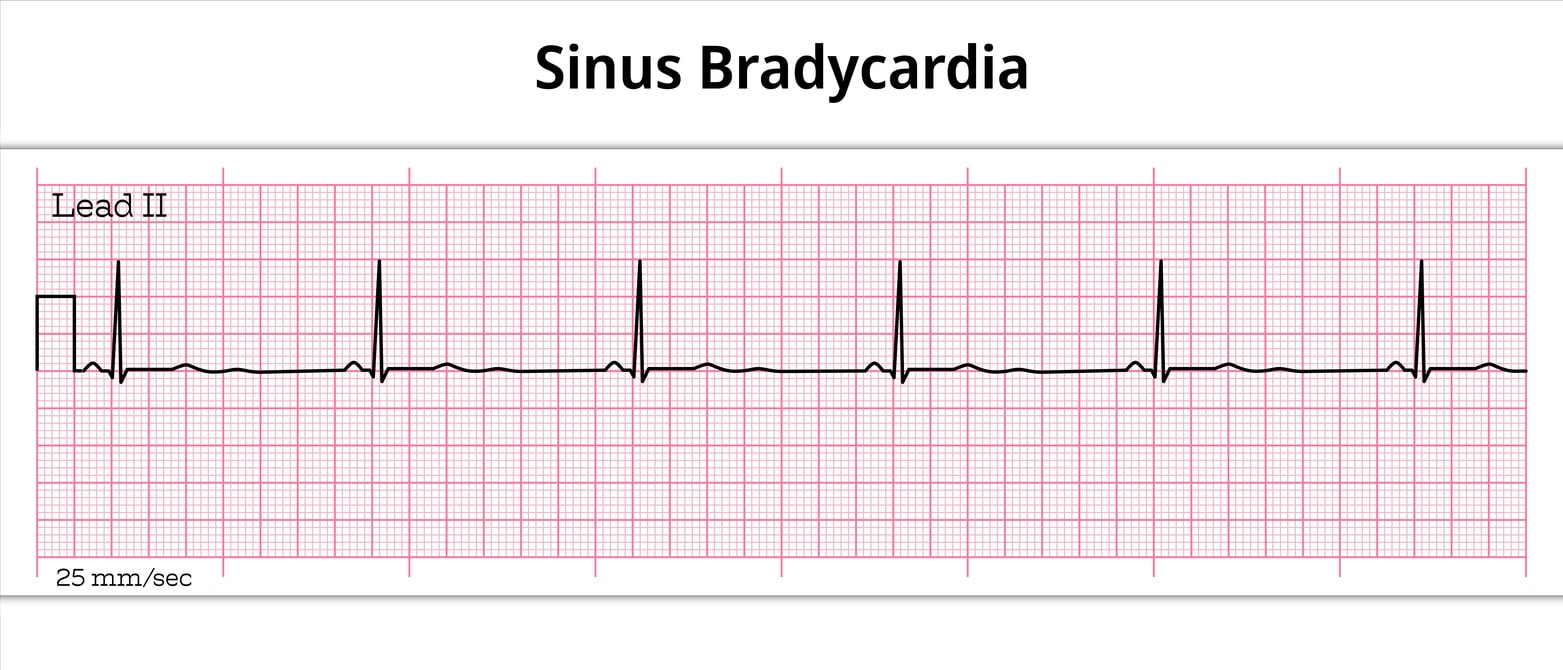

When a child’s heart stops beating, every second counts. The pediatric cardiac arrest algorithm provides healthcare providers with a systematic approach to resuscitate young patients effectively. This evidence-based protocol can mean the difference between life and death for children experiencing cardiac emergencies.
Healthcare professionals who work with pediatric patients must understand this algorithm inside and out. Whether you’re a nurse, physician, or emergency responder, mastering these steps will prepare you to act quickly and confidently when facing one of medicine’s most critical situations.
The pediatric cardiac arrest algorithm follows specific guidelines developed by the American Heart Association. These protocols have been refined through years of research and real-world application, giving medical teams the best chance of achieving successful outcomes.
The Pediatric Cardiac Arrest Algorithm is a systematic guide developed by organizations like the American Heart Association (AHA) for managing cardiac arrest in infants and children. It prioritizes high-quality CPR and identifies the underlying cause of the arrest to guide treatment.
The algorithm is split into two main pathways based on the child’s heart rhythm:
Promptly identifying the rhythm is crucial, as it determines whether defibrillation is needed.
Regardless of the specific rhythm, the foundation of the Pediatric Cardiac Arrest Algorithm is built on several key actions. These must be performed quickly and efficiently.
As soon as you recognize a child is in cardiac arrest, start CPR. This is the single most important intervention. High-quality CPR for children involves:
The compression-to-ventilation ratio is 30:2 for a single rescuer and 15:2 for two rescuers.
While CPR is in progress, another team member should attach a monitor or defibrillator to the child. This allows for a quick rhythm check to determine if the rhythm is shockable or non-shockable. This analysis should happen during a brief pause in compressions, ideally lasting no more than 10 seconds.
If the rhythm check reveals Ventricular Fibrillation (VF) or pulseless Ventricular Tachycardia (pVT), the immediate action is to deliver a shock.
The recommended initial energy dose for defibrillation in children is 2 joules per kilogram (J/kg) of the child’s weight. If a second shock is needed, the dose can be increased to 4 J/kg. Subsequent shocks can be administered at doses up to 10 J/kg or the maximum adult dose.
As soon as the shock is delivered, resume high-quality CPR for two minutes. Do not pause to check for a pulse right away. The goal is to maximize blood flow to the brain and other vital organs.
If the child remains in cardiac arrest after the first two minutes of CPR post-shock, establish IV or IO (intraosseous) access. Administer epinephrine every 3 to 5 minutes. Epinephrine helps constrict blood vessels, increasing blood pressure and blood flow to the heart.
After the second shock, you may consider placing an advanced airway, such as an endotracheal tube. If VF or pVT persists, administering an antiarrhythmic medication like Amiodarone or Lidocaine may be necessary. These medications can help stabilize the heart’s rhythm.
Continue this cycle of CPR, rhythm checks, shocks, and medication until the child achieves Return of Spontaneous Circulation (ROSC) or resuscitation efforts are stopped.
If the rhythm check shows Asystole (a flat line) or Pulseless Electrical Activity (PEA), the approach is different because shocks are not effective.
For non-shockable rhythms, the priority is to administer epinephrine as soon as IV/IO access is available. Continue giving it every 3 to 5 minutes throughout the resuscitation effort.
Resume CPR immediately after the rhythm check. Since defibrillation is not an option, continuous, high-quality CPR is the primary treatment. The cycle remains two minutes of CPR followed by a rhythm check.
While performing CPR, it is vital to search for and treat any reversible causes of the cardiac arrest. These are often remembered by the “H’s and T’s”:
Addressing these underlying issues is often the key to achieving ROSC in cases of Asystole or PEA.
If the team successfully achieves ROSC, the work is not over. Post-cardiac arrest care is critical for improving the child’s chances of a good outcome. This includes optimizing ventilation and oxygenation, treating hypotension, and managing the child’s temperature to protect the brain.
Reading about the Pediatric Cardiac Arrest Algorithm is a great first step, but true competence comes from hands-on practice. At Safety Training Seminars, we offer American Heart Association (AHA) Pediatric Advanced Life Support (PALS) courses designed for healthcare professionals. Our PALS certification program combines a flexible online course with a brief, in-person skills session.
In our training, you will use voice-assisted manikins to practice high-quality CPR and run realistic scenarios. This approach helps build the muscle memory and confidence needed to act decisively in a real emergency. With over 70 locations throughout California, we make it convenient to get the certification you need. We guarantee the lowest prices and provide your AHA certification card on the same day you complete your training. Book an appointment today and be prepared to save a life.